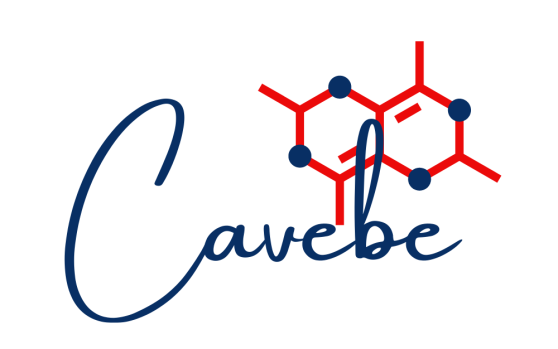The process of applying for a PhD in Australia can be overwhelming and time-consuming. I’ve been in a similar situation a few years ago. Sometimes you won’t even hear back from potential supervisors. Even if you are successful in getting someone to supervise you, there is still a high possibility of not getting accepted to the program. You might feel like a failure. It is very natural to feel frustrated at times or that you aren’t good enough for a PhD. Getting selected for a PhD program in Australia is difficult due to high competitiveness. I remember once my supervisor told me that the school received over 300 applications in one round and the acceptance rate was only 3%. The purpose of this article is to share my experience with you so, that you get some insight into your application process
Step 1: Identify your area of interest.
The very first step is to identify the area of research that you like to explore. It should gear towards the advancement of research and present novel findings. Think carefully before you choose a research topic. A doctoral degree is psychologically and intellectually demanding, so don’t expect it to be a walk in the park. Think whether you can dedicate 3-4 years of your life searching for the unknown horizons of the topic you choose.
Step 2: Develop a research proposal.
Presenting a research proposal to your potential supervisor gives you an opportunity to exhibit your subject knowledge, writing skills, analysis and synthesis skills. The research proposal should be at least 5-6 pages long. It should contain the background to the topic, research gaps, objectives, methodology, expected outcomes and timeline. You can also attach a budget with the proposal, although it isn’t compulsory at this stage.
Step 3: Find a potential research supervisor.
All PhD candidates require a supervisor. After you prepare your proposal, reach out to potential supervisors who share similar research interests with you. Usually their research interests, current projects and publications can be found on the university website. Go through their published work and research projects that they are involved in. You can carefully tailor your research proposal to fit into one of those projects. The key here is to align your research objectives to their work. Then you may proceed to send a formal email. This email must answer the following questions.
- Why do you want to work with them?
- What kind of values will you bring into the proposed research?
- How does the proposed research relate to you your career goals?
Make sure to attach the following. Never send an email without these attachments.
- Academic CV with research experience and list of any published work.
- Evidence of academic qualifications (degree certificate, transcripts).
- Evidence of English-language proficiency.
- A sole-authored academic writing sample (Abstract from your Bachelor’s or Master’s thesis).
Academics are very busy so, it may take up to a week or two to get a response. However, if the supervisor doesn’t respond in two weeks, send a follow-up email to remind them of your email.
Step 4: Apply to the scholarship round.
Agreeing for supervision doesn’t automatically grant you a scholarship. Therefore, you need to discuss it with your supervisor prior to lodging your formal application. There are different types of scholarships.
- Scholarships offered by the school/university,
- Scholarships offered by the Australian Government,
- Research projects specific scholarships,
Usually, both the applications (PhD application and scholarship application) should be made at the same time. However, this may change depending on the type of scholarship you apply for. If your supervisor has his/her funds from research projects, you may not be required to apply for a scholarship separately. I got my PhD funds from a project so, I didn’t have to lodge a scholarship application.
Step 5: Get ready for the interview.
This step may not be applicable to everyone. I had to undergo a zoom interview after they short-listed me. If you apply to a research project position like I did, there is a high chance that you may be invited to an interview. This will allow them to determine if you’re a good fit for the position. Here are some tips to prepare for the interview (how I prepared).
- Go through your transcripts, bachelor’s thesis/master’s thesis and any other courses you’ve taken – Though it seems irrelevant to go through all these, I was asked several questions based on the subjects on my trascripts and my master’s research.
- Review your research proposal – You can expect a couple of questions from your research proposal. Be prepared to describe your research experience and the skills you’ve developed over the years which are relevant to your proposal.
- Read your supervisor’s work – It is important that you have an understanding of the work they are doing, particularly how their expertise will be essential to your research.
- Think about why you want to pursue a PhD – Your supervisor may want to know what motivated you to apply for the PhD and what level of commitment you are willing to make before they offer you a scholarship.
Remember to prepare some questions to ask your supervisor as well. If you need further clarification about your role as a PhD student, don’t hesitate to ask them.



Useful information. Thank you very much for sharing this.